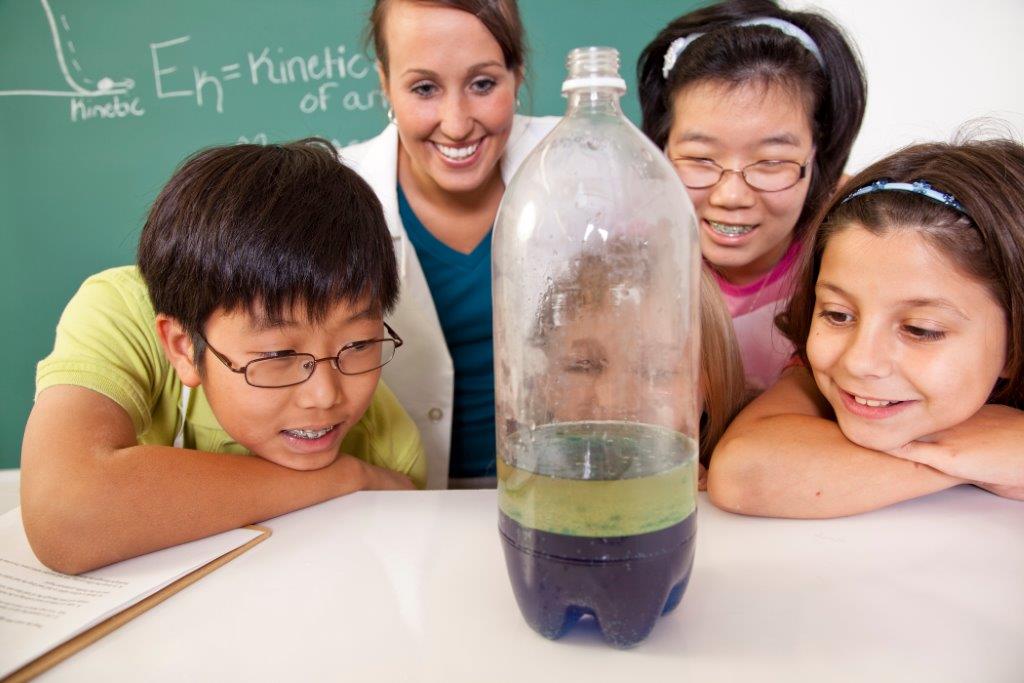
The teaching and learning of science can take many forms due to the large number of branches of the discipline, but all of them involve a large element of doing things, of experimenting, of making and breaking, of trying out new ideas, whether at primary or secondary level. This has been appreciated by museums and visitors centres, so that we now have a plethora of possibilities.
The Association for Science Education is the lead body helping schools to develop their teaching and learning. It offers support for primary and secondary science subject leaders, teachers and schools, and keeps schools abreast of curriculum and assessment changes and reforms. The Association aims to enrich science teaching and learning with free resources, which can be found at: www.schoolscience.co.uk
Some venues are obviously specifically suitable for science groups, but others, which are more cross-curricular, are less obvious. Below we give staff a pointer to these as well as making it easy to access the websites of the well known attractions.
CERN, the European Organisation for Nuclear Research, has long been popular with British school groups. It is celebrating 60 years this year and is encouraging teachers to look at its Cern Education website.
CAT, the Centre for Alternative Technology in Machynlleth, is also celebrating a major birthday this year – its 40th. It is a very different experience from CERN, but fascinating nonetheless.
The announcement in April 2015 that the new SKA radiotelescope is to be built in the UK will also be a huge boost for scientists looking for projects to follow and then visit as the telescope is built in readiness for full operational capability in 2025.
We should draw your attention to the fact that farm visits are popular with primary schools and there is a growing number of farms offering excellent opportunities – from feeding animals to driving tanks. But there are some stringent health and safety rules to be observed. For advice and guidance please contact Handsam by calling 03332 070737 or emailing [email protected].
Main organisations:
British Science Association
Association for Science Education
CLEAPSS
Membership through Handsam
Radiation Protection Officer services through Handsam
Science Learning Centres
National STEM Centre
Inclusion: NASEN
Thought of visiting?
The Science Museum
Natural History Museum
National Space Museum
Centre for Alternative Technology
Cern Education website
ThinkTank, Birmingham
Michael Faraday Museum, London
National Conservation Centre, Liverpool
Museum of Science and Industry, Manchester
Techniquest (various locations in Wales including Cardiff, Wrexham and Pembrokeshire)
The Wellcome Collection, London
Royal Botanic Gardens, Kew
Earth Centres




